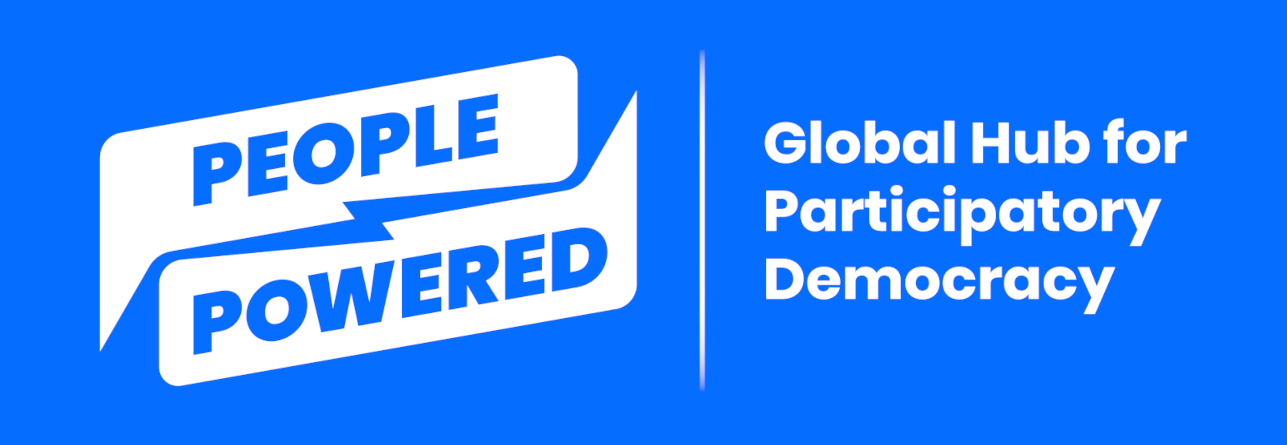Participation Platforms
The second iteration of the Digital Participation Platforms (DDP) Ratings evaluates 32 digital participation platforms, based on a review by a committee of civic tech experts and includes platform user input from over 400 users.
The 2023 ratings include six new platforms, methodological improvements and an improved, user-friendly interface.
This edition is a continuation of a project started in 2021 to help advocates and policymakers choose the online participation platform that best suits their needs. Thanks to your feedback, we collected data about platform users and developers, and improved the methodology and presentation of this edition of the ratings.
After selecting a platform, our accompanying Guide to Digital Participation Platforms can help you best configure and use the technology.
How to read and use the ratings
We classified the platforms into three categories:
Toolbox: This includes platforms that support a variety of participatory processes from start to finish. For example, this category includes platforms that facilitate idea collection, proposal development and voting.
Specific: These are platforms designed for a specific step in a participatory process, such as proposal development. They can be used for different kinds of processes in different contexts.
Specialty: This includes platforms that focus on a specific type of participatory democracy, such as participatory budgeting or citizens’ assemblies.
A note about cost: The cost of software refers to the price you must pay to access the full version (per year):
$=free.
$$=$1-$1,000.
$$$=$1,001-$5,000.
$$$$=$5,001-$20,000.
$$$$$=$20,000 or more.
Additional configuration costs refer to extra expenses that may be incurred for platform configuration:
$= User will likely not incur additional costs for configuration.
$$= User may not incur additional costs with basic configuration, but may need to pay a programmer for other modifications.
$$$= User will need to pay a programmer to configure the platform.
To further explore the ratings, you can use the filter, group and sort features to view them by category, cost, features, capacity requirements and more.
Which platform you choose should depend on your unique needs and context. We suggest you first identify what category of platform is most suitable (see below), then choose which features you need. That will allow you to choose a few platforms that are most suitable, then request a demo.
Toolbox Platforms
Platforms that support a variety of participatory processes from start to finish. For example, this category includes platforms that facilitate idea collection, proposal development and voting. Use the controls to filter, group and sort. You can then download the results as a spreadsheet.
Specific Platforms
Platforms designed for a specific step in a participatory process, such as proposal development. They can be used for different kinds of processes in different contexts. Use the controls to filter, group and sort the ratings. You can then download the results as a spreadsheet.
Special Platforms
Platforms that focus on a specific type of participatory democracy, such as participatory budgeting or citizens’ assemblies. Use the controls to filter, group and sort the ratings. You can then download the results as a spreadsheet.




